Carle Vernet revisited for Thursday Art Day
Carmel Rowley
I’m thrilled to feature Carle Vernet this Thursday.
After breeding Arabian horses for some forty years there was always a vision in my mind’s eye as to the appearance of the Arabian horse in the 1800’s. The artists Victor Adam and Carle Vernet painted not only the romance but an exact duplicate of my vision. These horses were the horses of my dreams the horses I wished to duplicate. Vernet’s Desert horses are full of strength and vigour.
Mameluke ascending the Mountains
Though clearly small in stature with refined limbs Vernet’s Arabian horses had a symmetry and balance I have considered vital in a pure-bred Arabian.
Mameluke and mount
Vernet perfectly depicted the character and personality of the horses he painted. In many situations his horses were brave and willing, defiant and surefooted, while others were supremely beautiful. When it comes to Vernet’s art you feel the connection, the bond and the communication between the Mameluke and his horse.
Carle Vernet 1
To this end the Arabic patriarchs who were famous for their wisdom have said; “Sidi-Aomar, the prophet’s companion, has said: ‘Love horses and look after them; for they deserve your tenderness; treat them as you do your children; nourish them as you do your friends and family, and blanket them with care. For the love of God, do not be negligent for you will regret it in this life and the next.’ “
Prophetic words that any serious breeder should reflect upon. It is now some 185 years since the death of Carle Vernet. I wonder what he would think about the desert horses of today?
Mameluke resting
There are many religious traditions regarding the horse that are written in the most poetic language. But what makes us a proponent of the Arabian horse is knowledge, knowing about him. When you combine the writings and the great works of art depicting the true horse of the desert I hear the the voice of W. S. Blunt saying; “It should therefore be a cardinal principle … that the object … is to preserve in its perfection, not to improve the breed.”
Do you have an artist who’s inspired your breeding program?
Mameluke with drawn sword 2
Vernet, Carle (1758-1835)
Antoine Charles Horace Vernet aka. Carle Vernet was a French painter, the youngest child of Claude Joseph Vernet, and the father of Horace Vernet. Born in Bordeaux, Vernet was a pupil of Nicolas-Bernard Lépicié. Strangely, after winning the grand prix (1782), his father had to recall him to France to prevent him from entering a monastery.
Arab horse
In his Triumph of Paulus Aemilius, he broke with tradition and drew the horse with the forms he had learnt from nature in stables and riding-schools. His hunting-pieces, races, landscapes, and work as a lithographer were also very popular.
The Arab stallion Gazal 1824
Carle’s sister was executed by the guillotine during the Revolution. When he again began to produce, his style had changed radically. His drawings of Napoleon’s Italian campaign won acclaim as did the Battle of Marengo, and for his Morning of Austerlitz Napoleon awarded him the Legion of Honour. Louis XVIII of France awarded him the Order of Saint Michael.
Mamluk 3
See more www.flickr.com
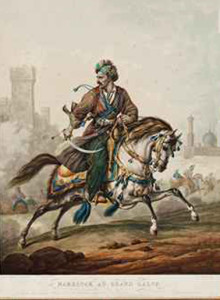
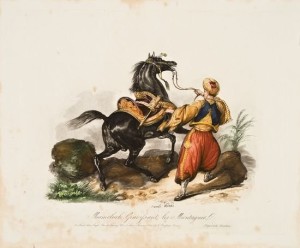
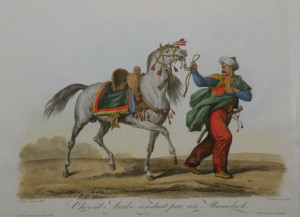
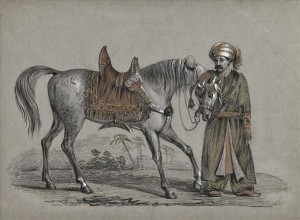
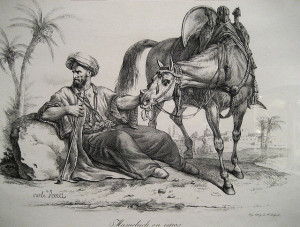
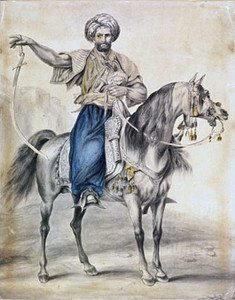
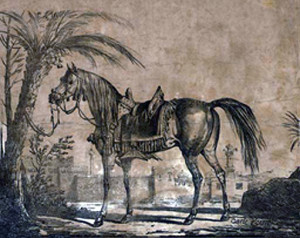
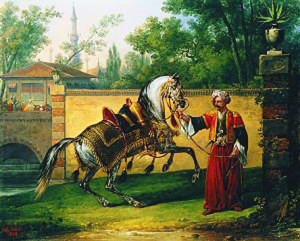
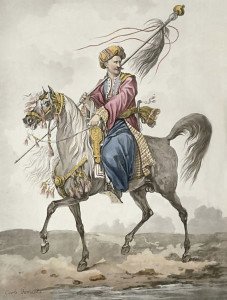
Leave a Reply